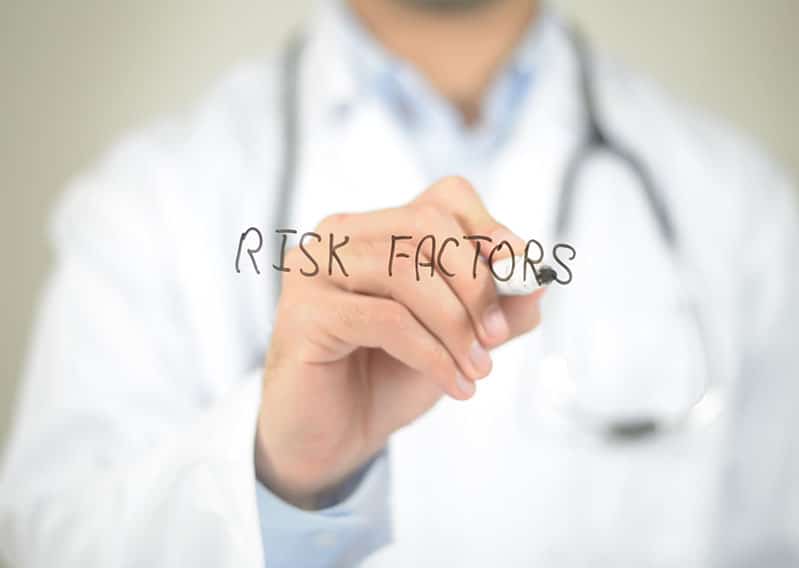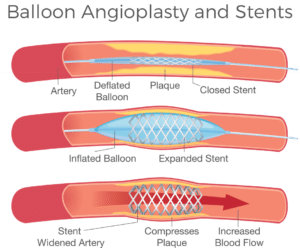Peripheral Arterial
Disease Treatment
Do you suffer from swollen legs, pain while walking, or leg ulcers?
At ARA our interventional radiologists can get you back on your feet with leading-edge treatments that clear your blood vessels so blood can flow to your legs. Healing and symptom relief begin immediately! These treatments have less risk, less pain, and less recovery time than traditional surgery and are covered by insurance.
Signs you may have peripheral arterial disease
- Pain, numbness, heaviness, or aching in the legs when walking or climbing
- Cramping in the buttocks, thighs, calves, or feet
- Sores on the toes, feet, or legs that heal slowly or poorly
- Pale or bluish skin color to the feet or legs
- Poor nail growth on toes and decreased hair growth on legs
What is peripheral arterial disease?
Most people are aware that arteries that feed your heart can develop plaque and blockages and put you at risk of a heart attack. The arteries in your legs can suffer from the same disease. Peripheral arterial disease (PAD) is a common circulatory problem in which narrowed arteries reduce blood flow to your limbs. With PAD, your extremities — usually your legs — don’t receive enough blood flow to keep up with oxygen demand from the body.
20%
Up to 20% of people over the age of 60 have PAD
40%
40% of people with PAD who have no symptoms
90%
90% initial success rate of PAD treatments using interventional radiology techniques

Risk Factors for PAD
- Smoking
- High blood pressure
- Atherosclerosis
- Diabetes
- High cholesterol
- Older than age 60

Treatment for peripheral arterial disease (PAD)
ARA’s interventional radiologist use minimally-invasive, non-surgical endovascular procedures to widen narrowed or obstructed arteries or veins. They gain access to the arteries by making a small nick in the skin and introducing a tiny catheter into an artery, usually in the groin. Through this access, they guide small wires and tubes using X-ray guidance to the site of the blockage where they deliver treatments to the effected artery or vein.

PAD treatments to restore blood flow to your legs:
Angioplasty

Atherectomy
Atherectomy is a procedure in which a tiny catheter is inserted into a blood vessel and, using X-ray guidance, is navigated to a narrowing or blockage where special tiny tools remove plaque. The catheter features a metal tip that shaves away deposited material and opens the vessel, allowing blood to flow. An atherectomy is especially useful in cases where blockages occur around branches or in areas not easily fit with stents.
Stenting
Stenting is a procedure using small metal tubes to hold open narrowed arteries that are closing. A balloon is used to open the vessel and a stent is then placed inside to keep it open. Various types of stents are used, including bare metal stents that are made of mesh and drug-eluting stents that slowly administer medication to the blood vessel wall to prevent scar formation.

Benefits of PAD treatments:
- Improved blood flow through the expanded artery
- Minimally-invasive procedure requiring a only small nick in the skin
- Outpatient procedure requiring local anesthesia, fewer risks than general anesthesia
- Short recovery time to return to normal activity
- Relief from pain and heaviness and the ability to be more active
- Improvement in non-healing ulcers

Will my insurance cover this procedure?
Generally, insurance companies will pay for peripheral artery disease treatment. Our interventional case coordinators will help you navigate the insurance process.
For more information, please contact interventional case coordinators at (512) 467-9729. Patients and physicians can fax materials to (512) 343-9099.
Coming in from out of town? Visit our “Traveling to Austin” page.
 Back to Top
Back to Top